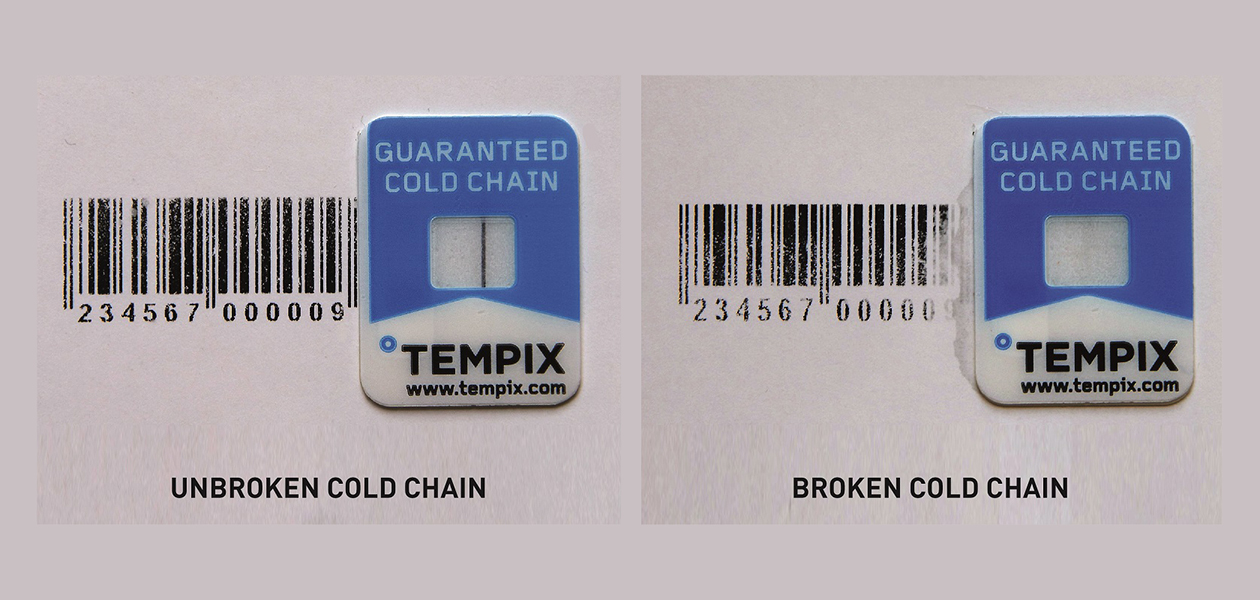The gold standard for perishable food: an unbroken cold chain
If you’re in Punggol and happen to be hungry, there’s a vending machine you can head to. But forget about snacks like candy bars and potato chips, this machine dispenses ready-to-eat, piping hot chili crab from restaurant chain, House of Seafood.
While some may worry about the texture and taste of the vacuum-sealed crabs, others are more concerned with how safe the meals are for consumption.
“Cooked food can be potentially hazardous for consumption especially if it is not transported within the correct temperature range,” says Ong Hui Min, spokesperson for local start-up Voyager Venture, who worked with House of Seafood to strengthen the cold chain of its ready-to-eat meals. Here, the crabs are blast frozen once cooked, rapidly cooled to minus 50 degrees Celsius to preserve their freshness before being vacuum-packed into plastic boxes.
The cold chain refers to the uninterrupted transport and storage of perishable goods under temperature-controlled conditions, as they make their way from production sites to storage and distribution facilities, before eventually ending up in the hands of consumers.
Ensuring the cold chain is uninterrupted with minimal fluctuations in temperature is extremely important, especially in Asia’s warmer climates, to ensure food safety and freshness. If perishable items such as meat, dairy products and ready-to-eat meals aren’t kept below a certain temperature, bacteria and other microorganisms are more likely to grow, and consumption will result in food poisoning.
The importance of a secure cold chain becomes even more significant for Singapore food companies seeking to export their products. A broken cold chain reduces food product quality, leading to missed revenue opportunities, inventory losses, and in the longer term, lower brand equity.
Seeking solutions together with a smart food label
“Cold chain integrity is a neglected area and very difficult to enforce,” says Ong, whose company focuses on providing innovative technologies in food safety and cold chain management. Monitoring at every step of the chain, for example, while loading chilled food onto trucks or offloading them at multiple drop-off points, is costly and labour-intensive.
Seeking solutions, Voyager Venture approached IPI for help with looking for a suitable partner with the technological know-how to tackle the broken cold chain problem. “IPI is well-connected with innovators around the world. With their support, we were able to find the right technology partner to bring this solution for adoption in the Asia Pacific region,” says Ong.
In 2015, at TechInnovation, IPI introduced Voyager Venture to Swedish company Tempix. The latter had developed a smart food label that can be customised to detect fluctuations in temperatures outside a specified range. The smart label contains an activator liquid, which changes when exposed to higher temperatures. When the black bar on the indicator disappears, it means the product is no longer safe to eat.
Voyager Venture and Tempix forged a collaboration in December 2015 — a partnership that continues today. The companies have also had ongoing discussions to strengthen Tempix’s operational presence in Singapore, once demand for the smart label solution takes off.
An early adopter of the Tempix solution, Francis Ng, CEO, House of Seafood says: “The smart label is currently found on all ready-to-eat crab packages from the House of Seafood in Singapore and is now an integral part of our company’s strategy to grow our exports in the region.”
"With the evolving changes in the industry and increasing demand for ready-to-eat products, there could be higher incidences of food poisoning if the cold chain is not managed properly. With our smart labels, food companies will be able to ensure the best quality and consistency of their products," says Ong.
Aside from food products, the smart labels may soon be applied on a range of other temperature-sensitive items like wines and spirits, medicines and vaccines, biological samples, flower and vegetable seed kits in Malaysia, Thailand, India, Australia and other countries.

